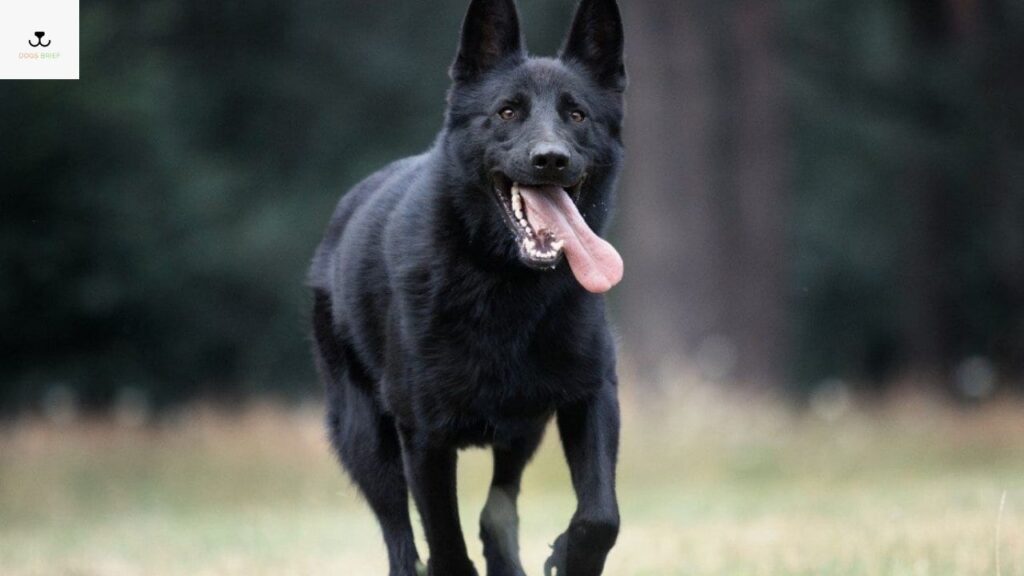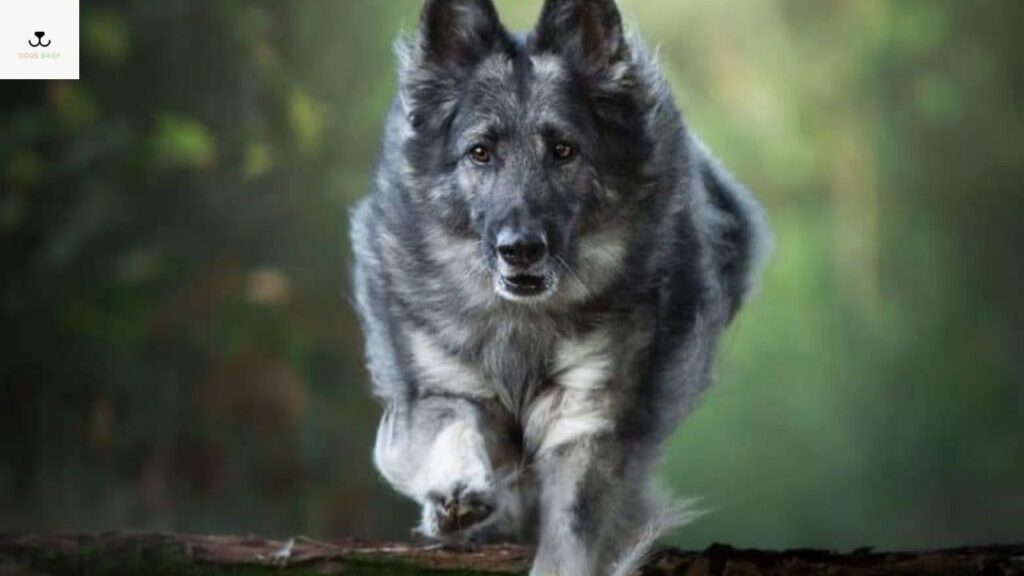Are you looking forward to getting yourself a furry German Shepherd? But don’t think that German Shepherds come in just two combined shades of blank and tan, back and red, even though those are the most common German Shepherd colors.
There’s a long German shepherd color chart about which you should know. It includes all the rare German Shepherd colors that most non-specialists aren’t familiar with. You can count seven different types of German Shepherd colors that we’ve discussed below. Among the colors, you can choose your favorite.
Popular to rarest color variations
German Shepherds are the most family-friendly companions you can get that come in different colors. They have thick coats of fur generally in two different shades of a single solid shade.
The most popular to the least, here we have got all covered.

BLACK AND TAN
As popular as the color combination of black and tan is, people have started to think of it as the only shade of German Shepherd. In most of the German Shepherd pictures, you see they’re in the shade of black and tan, but surprisingly, it’s caused by a recessive gene.
The black furs are mostly seen covering the back and the face, which sometimes looks like a fancy mask. The tan color furs more or less cover the chest, underbellies, neck, and legs. The younger puppies appear more black, but eventually, they start to grow and appear tanner.

Solid black
You may not see German Shepherds in the shades of dark and solid black more often, but that’s what is called a Black German Shepherd. They’re costly and very rarely found. Only a few can afford to get a German Shepherd in solid black color and pay for all their care costs. The American Kennel Club, known as the AKC, recognized them as purebred dogs which are rarely found.

Solid white
Pure white German Shepherd is another striking variation. However, some believe that these pure white dogs have albinism that causes them to produce lower rates of melanin.
However, it isn’t a genetic flaw, but the breeders bred the solid white color intentionally. When breeds artificially, it’s seen as a weakness and hasn’t got official recognition by the American Kennel Club.
The white color gene is a receive gene which indicates that both the parents need to carry this gene to make one pure white German Shepherd baby.
They shed more than other variations.

Blue
Blue German Shepherd is one of the rarest German Shepherd colors that are not only rarely found, but they cost five times more than the cost of a traditional German Shepherds in black and tan variation. But these dogs aren’t as healthy as any other variations of German Shepherds, and they are not allowed to run and race or compete in shows.
Not only their fur and coats, but their eyes are blue too. The American Kennel Club recognizes them. These blue dogs have primarily blue and black, blue and tan, blue and sable.

Silver
You will never see silver German Shepherds roaming around the neighborhood, and that’s because they’re not so commonly found like other variations of German Shepherds. They are called the Silver German Shepherd. However, German Shepherds’ gray and silver are often grouped as the same genes mainly produce them.
Although the silver German Shepherds are recognized, you will not see them much in any ring or dog show. This gene too influences black pigmented coats.

Gray
Often gray German Shepherds are confused with silver or black ones. But to clear all the confusion, the gray German Shepherds have a darker tone than the silver ones, which is a distinct color and is recognized by the American Kennel Club.
They sometimes have little black patches of fur on the back and face. If only one of the parents has the dominant gray gene, the puppy can be gray.
These gray German Shepherds are often born with big blue eyes, but the hue usually changes to darker shades of orange or brown as they grow up.

Liver
The liver variation of German Shepherd is another rare shade of German Shepherd that falls in the German Shepherd color chart. It is bred due to recessive genes, so it’s necessary that both the parents carry it to produce a liver-shaded German Shepherd.
They don’t have any areas or patches of black fur on their face and saddle. As the liver gene blocks the black pigmentation, the look and saddle appear browner.
Conclusion
German Shepherds are your perfect paw companions, found in many color variations. Although black and tan are the most popular of all the shades, they are also found in the beautiful shades of solid black, blue, grey, etc. However, some of these variations are way too expensive compared to the standard and popular interpretations.


White is my favourite color
Yes Always
I have one pair of German shepherd Tan color, its so lovely and Beautiful …